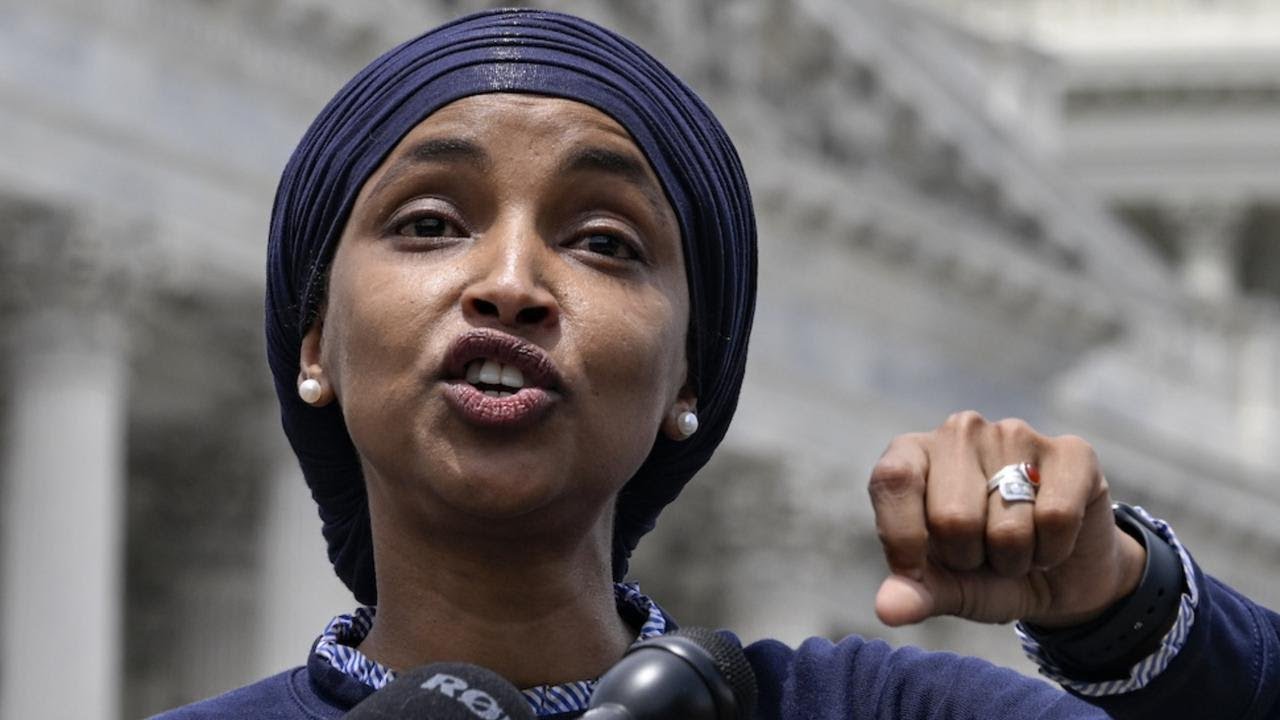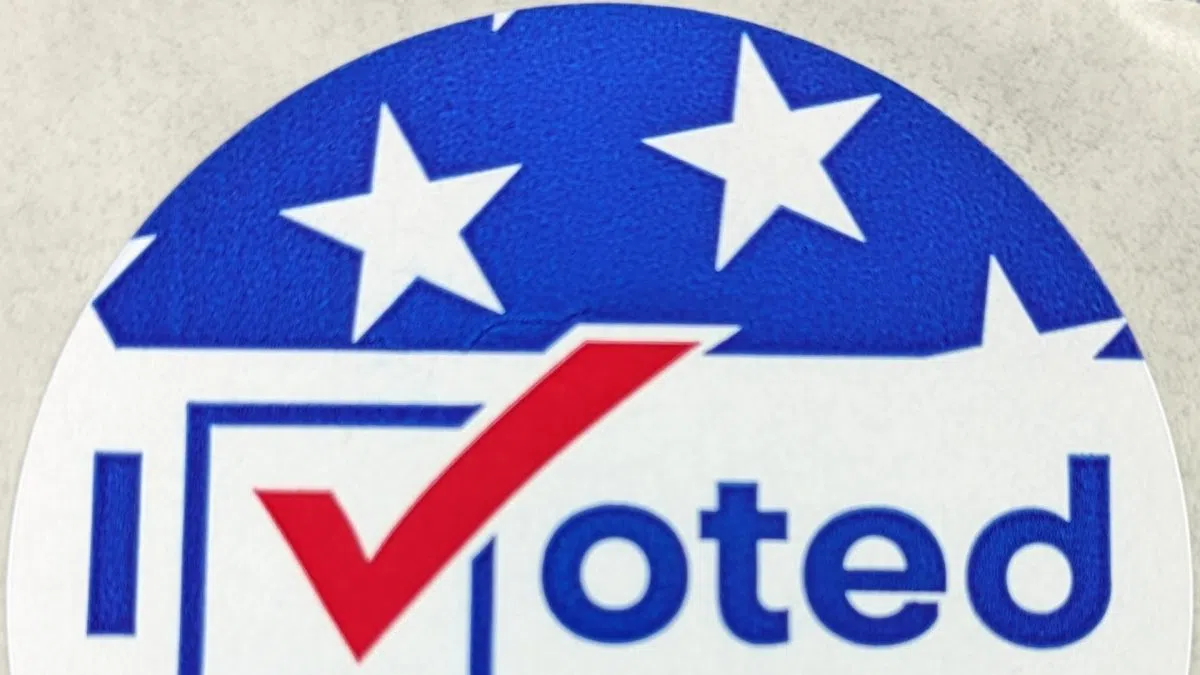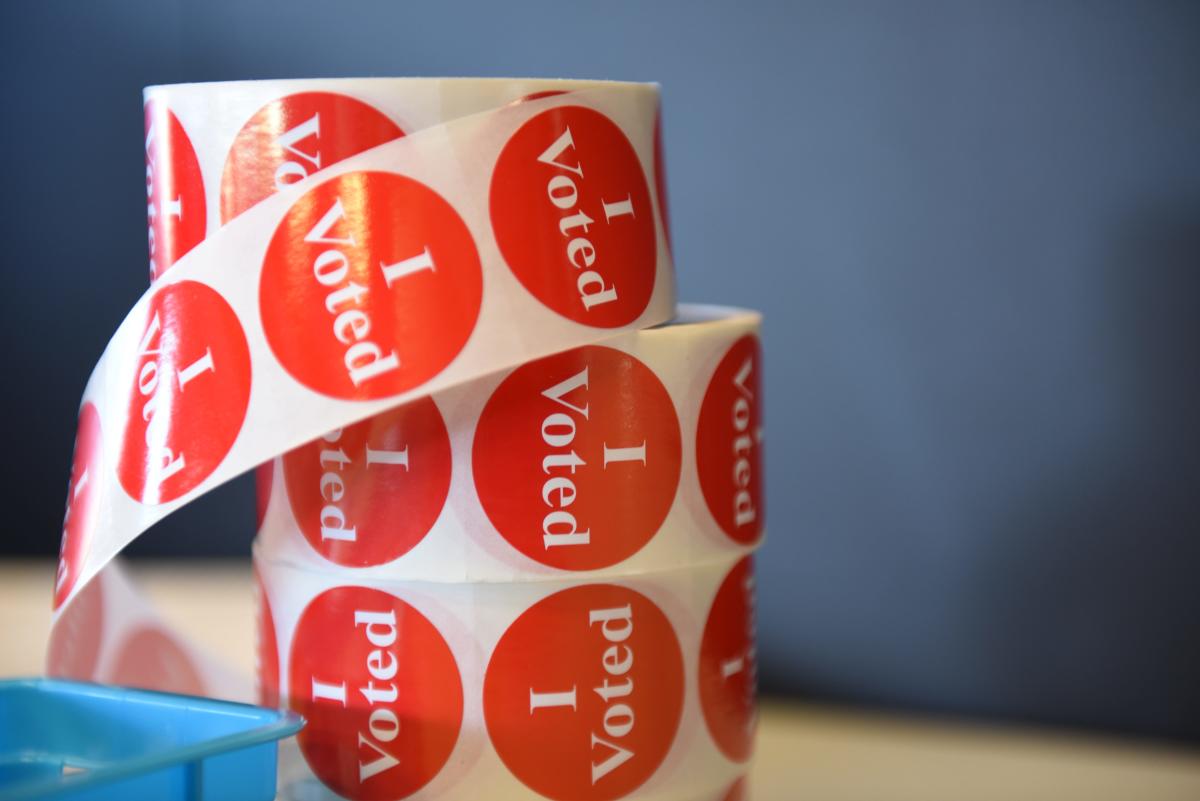Minnesota Primary Election Overview

Minnesota primary elections are a crucial part of the state’s political process, offering voters the opportunity to select candidates for various offices. These elections have evolved over time, reflecting shifts in the political landscape and evolving voter preferences.
History of Minnesota Primary Elections
Minnesota’s primary election system has undergone significant changes throughout its history. Initially, the state utilized a caucus system, where party members gathered to nominate candidates. This system was later replaced with a primary election system, allowing voters to directly choose their preferred candidates. Notable changes include the adoption of open primaries, allowing voters to participate regardless of their party affiliation, and the implementation of early voting options, expanding voter access and convenience.
Key Dates and Deadlines
The Minnesota primary election is held on the second Tuesday of August in even-numbered years. The following are key dates and deadlines for the upcoming primary election:
- Registration Deadline: [Insert Date] – This is the final date to register to vote in the primary election.
- Early Voting Begins: [Insert Date] – Voters can begin casting their ballots early, either in person or by mail.
- Primary Election Day: [Insert Date] – The primary election is held on this date.
Voter Registration and Ballot Casting
To participate in the Minnesota primary election, individuals must be registered to vote. The registration process is relatively straightforward and can be completed online, by mail, or in person at a designated location. Voters can check their registration status and update their information online.
Casting a ballot in the primary election is also relatively simple. Voters can choose to vote in person at their assigned polling place or vote absentee by mail. Absentee ballots can be requested online or by mail and must be returned by the designated deadline.
Types of Elections
The Minnesota primary election encompasses a wide range of races, including state, federal, and local elections. These races include:
- Statewide Races: This includes elections for governor, lieutenant governor, attorney general, secretary of state, and other statewide offices.
- Federal Races: This includes elections for U.S. Senate, U.S. House of Representatives, and presidential delegates.
- Local Races: This includes elections for state legislative seats, county offices, city council positions, and school board members.
Key Races and Candidates

The Minnesota primary election is a significant event that will shape the state’s political landscape for the coming years. Several key races will determine who will represent the Democratic and Republican parties in the November general election. These races include the gubernatorial race, the US Senate race, and several key congressional races.
Governor
The race for governor is one of the most closely watched in the state. The incumbent, Democratic Governor Tim Walz, is seeking re-election. He is facing a challenge from Republican Scott Jensen, a physician and former state senator.
The race is expected to be tight, with both candidates focusing on issues such as the economy, education, and healthcare. Governor Walz is highlighting his record on issues such as COVID-19 response and economic recovery. Meanwhile, Jensen is focusing on his experience as a physician and his opposition to what he sees as government overreach.
The outcome of the gubernatorial race will have a significant impact on the political landscape in Minnesota. If Walz is re-elected, it will be seen as a victory for the Democratic Party. However, if Jensen wins, it could signal a shift in power in the state.
| Candidate | Party | Key Platform Points | Campaign Website |
|---|---|---|---|
| Tim Walz | Democratic | Focuses on economic recovery, education funding, and healthcare access. | [link to campaign website] |
| Scott Jensen | Republican | Focuses on limited government, fiscal responsibility, and parental rights in education. | [link to campaign website] |
Voter Demographics and Turnout: Minnesota Primary
Minnesota’s primary elections typically see moderate voter turnout, influenced by factors such as the competitiveness of the races and the overall political climate. Understanding the demographics of Minnesota voters and their historical turnout patterns is crucial for analyzing the potential outcomes of the upcoming primary election.
Historical Voter Turnout Trends, Minnesota primary
Minnesota’s primary elections have generally seen lower voter turnout compared to general elections. This is a common trend across the United States, as primary elections are often less publicized and considered less consequential than general elections.
- In the 2020 Minnesota primary election, voter turnout was approximately 25%, significantly lower than the general election turnout of over 70%.
- The 2016 Minnesota primary election saw a slightly higher turnout of around 30%, but still considerably lower than the general election turnout.
- These historical trends suggest that voter turnout in the upcoming primary election is likely to be moderate, potentially influenced by factors such as the level of competition in key races and the overall political climate.
Demographics of Minnesota Voters
Minnesota’s voter demographics are diverse and reflect the state’s unique cultural and economic landscape.
- The state has a significant population of white voters, followed by a growing population of Asian and Hispanic voters.
- Minnesota is also known for its strong labor unions, which have a significant influence on the state’s political landscape.
- The state’s demographics have a considerable impact on the outcome of elections, as different groups tend to favor different candidates and policies.
Voter Turnout in Different Regions of Minnesota
Voter turnout in Minnesota primary elections varies across different regions of the state.
- The Twin Cities metropolitan area, including Minneapolis and St. Paul, generally sees higher voter turnout compared to rural areas.
- This difference can be attributed to various factors, including higher population density, greater access to information and resources, and a more active political culture in urban areas.
- Rural areas, on the other hand, often experience lower voter turnout due to factors such as limited access to transportation, fewer polling places, and a perception that their votes have less impact.
Factors Influencing Voter Turnout
Several factors can influence voter turnout in the upcoming primary election, including:
- The competitiveness of the races: Races with multiple competitive candidates are more likely to draw higher voter turnout as voters feel their choices matter more.
- The overall political climate: High-profile national events or political controversies can stimulate voter interest and increase turnout.
- The level of media coverage: Increased media attention on the primary election can raise awareness and encourage voter participation.
- The ease of voting: Factors such as convenient polling locations, accessible registration procedures, and early voting options can enhance voter turnout.
- The level of voter engagement: Campaigns that actively reach out to voters and encourage participation can significantly influence turnout.
The Minnesota primary is a pivotal moment in the state’s political landscape, where candidates vie for the chance to represent their party in the general election. This process is just one piece of the larger tapestry of the minnesota election , which includes a diverse range of races and issues that shape the state’s future.
As the primary season unfolds, Minnesotans will closely scrutinize the candidates and their platforms, ultimately determining who will lead them in the years to come.
The Minnesota primary was a lively affair, with voters eager to cast their ballots for their preferred candidates. The results of this crucial election are now in, and you can find a detailed analysis of the key takeaways and insights on the mn primary results page.
These results will undoubtedly shape the political landscape of Minnesota for months to come.

